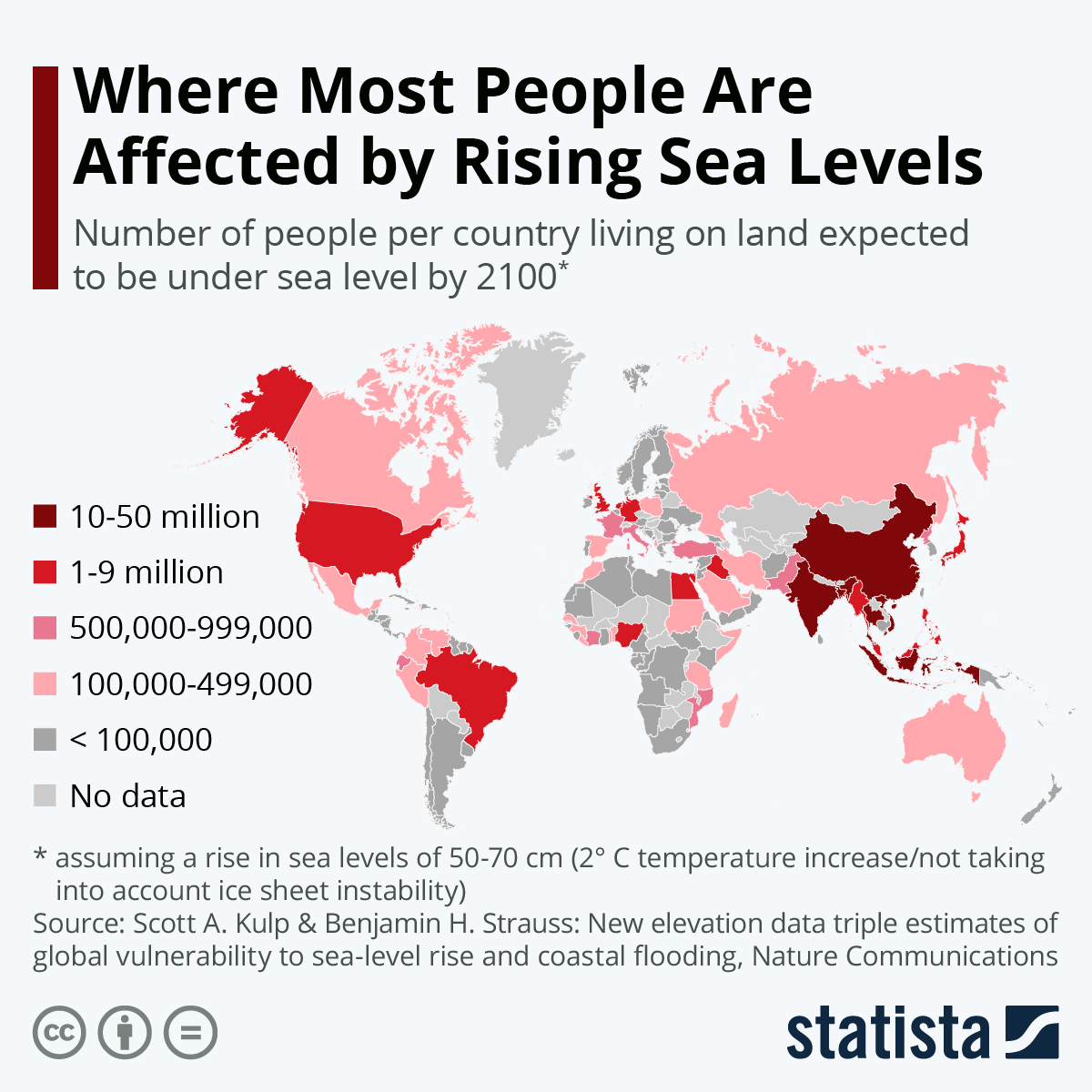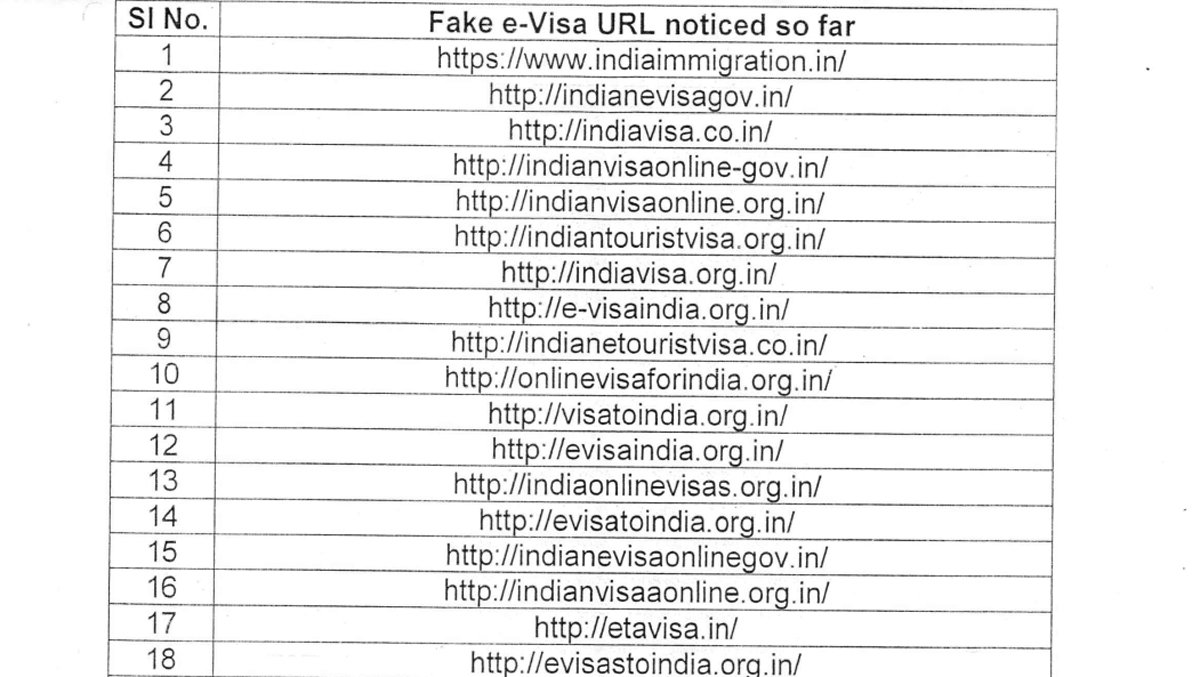The Growing Danger Of Rising Sea Levels: Impacts And Solutions

Table of Contents
The Causes of Rising Sea Levels
Rising sea levels are primarily caused by a combination of factors, each contributing to the overall increase in global sea levels. Understanding these causes is crucial to developing effective mitigation strategies.
Thermal Expansion: As the Earth's climate warms, ocean temperatures increase. This leads to thermal expansion, where warmer water occupies a larger volume than colder water. Even a slight increase in temperature can significantly impact overall sea level.
- Increased temperature reduces water density, causing expansion.
- Oceanographic studies have consistently shown a measurable increase in ocean volume due to thermal expansion.
- This effect contributes significantly to the observed rise in global sea levels.
Melting Glaciers and Ice Sheets: The melting of glaciers and ice sheets in Greenland and Antarctica is another major contributor to rising sea levels. As these massive ice bodies melt, they release vast quantities of water into the oceans.
- The Greenland ice sheet, for instance, is losing mass at an alarming rate, contributing to accelerated sea level rise.
- Similarly, the Antarctic ice sheet, although more stable overall, shows regions experiencing significant melting.
- Studies show that melting glaciers and ice sheets account for a substantial portion of the observed sea level increase.
Land Subsidence: In some regions, the land itself is sinking, leading to a relative rise in sea level. This subsidence can be caused by several factors, exacerbating the effects of rising sea levels.
- Groundwater extraction: Over-pumping of groundwater can cause land compaction and subsidence.
- Tectonic activity: Geological processes can lead to land sinking in certain areas.
- Coastal regions experiencing both land subsidence and rising sea levels are particularly vulnerable to flooding and erosion.
Impacts of Rising Sea Levels
The impacts of rising sea levels are far-reaching and devastating, affecting coastal ecosystems, infrastructure, and human populations across the globe.
Coastal Erosion and Flooding: Rising sea levels significantly increase the risk of coastal erosion and flooding. This leads to substantial damage to coastal infrastructure, including homes, businesses, and transportation networks.
- Increased frequency and intensity of storm surges lead to more severe coastal flooding.
- Coastal erosion is destroying beaches, wetlands, and other vital coastal ecosystems.
- The economic costs associated with coastal damage are already enormous and are projected to increase exponentially.
Saltwater Intrusion: Rising sea levels lead to saltwater intrusion into freshwater aquifers, contaminating drinking water supplies and impacting agriculture. This poses a serious threat to food security and human health.
- Saltwater intrusion can render agricultural land unusable, leading to crop failures.
- Contamination of freshwater sources necessitates expensive desalination or relocation of water supplies.
- This has dire consequences for both human populations and ecosystems that depend on freshwater resources.
Displacement and Migration: Perhaps the most profound impact is the displacement and migration of human populations. Millions of people living in low-lying coastal areas are at risk of losing their homes and livelihoods due to rising sea levels.
- Island nations and coastal communities are particularly vulnerable, facing potential submergence.
- Climate migration and displacement can lead to social unrest and conflict over resources.
- The scale of displacement projected due to sea level rise is unprecedented, requiring proactive planning and international cooperation.
Solutions and Mitigation Strategies
Addressing the growing danger of rising sea levels requires a multi-pronged approach involving mitigation and adaptation strategies.
Reducing Greenhouse Gas Emissions: The most crucial step is to significantly reduce greenhouse gas emissions to slow the rate of climate change and limit future sea level rise.
- Transition to renewable energy sources such as solar, wind, and geothermal.
- Invest in carbon capture and storage technologies to remove CO2 from the atmosphere.
- Full participation and implementation of international agreements like the Paris Agreement are vital.
Coastal Protection Measures: Implementing various engineering solutions can help protect coastal communities from the immediate impacts of rising sea levels.
- Construction of seawalls and breakwaters to reduce erosion and flooding.
- Mangrove restoration and beach nourishment projects to enhance natural coastal defenses.
- The effectiveness and cost-benefit analysis of each strategy must be carefully considered.
Adaptation and Relocation: In addition to mitigation, adapting to the unavoidable impacts of rising sea levels is crucial. This includes planned relocation of vulnerable communities and implementation of resilient building codes.
- Development of early warning systems for floods and storm surges.
- Building codes and infrastructure designed to withstand increased coastal flooding.
- Planned relocation of communities from high-risk areas may become necessary in some cases.
Conclusion
The rising sea levels pose a grave threat to coastal communities and ecosystems worldwide. The impacts, ranging from coastal erosion and flooding to saltwater intrusion and displacement of populations, necessitate urgent action. Reducing greenhouse gas emissions is paramount to mitigating future sea level rise. Simultaneously, coastal protection measures and adaptation strategies are crucial to protect vulnerable communities and ecosystems. Addressing the growing danger of rising sea levels demands immediate and concerted global action. Let's work together to protect our coastlines and build a sustainable future.

Featured Posts
-
 Stephen King Weighs In Stranger Things And The It Connection
May 10, 2025
Stephen King Weighs In Stranger Things And The It Connection
May 10, 2025 -
 New Spring Collection Elizabeth Stewarts Designs For Lilysilk
May 10, 2025
New Spring Collection Elizabeth Stewarts Designs For Lilysilk
May 10, 2025 -
 Uk Immigration Policy Update Restrictions On Visa Applications
May 10, 2025
Uk Immigration Policy Update Restrictions On Visa Applications
May 10, 2025 -
 Proposed Uk Visa Changes Implications For Pakistan Nigeria And Sri Lanka Applicants
May 10, 2025
Proposed Uk Visa Changes Implications For Pakistan Nigeria And Sri Lanka Applicants
May 10, 2025 -
 Nyt Strands Solutions For Tuesday March 4th Game 366
May 10, 2025
Nyt Strands Solutions For Tuesday March 4th Game 366
May 10, 2025
